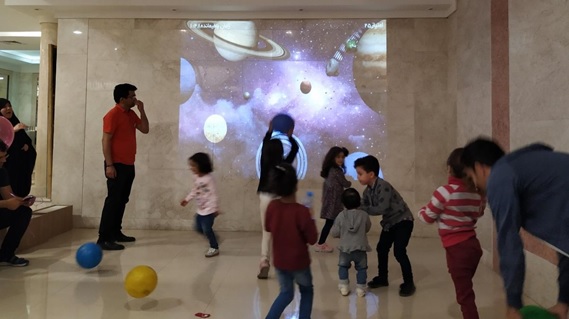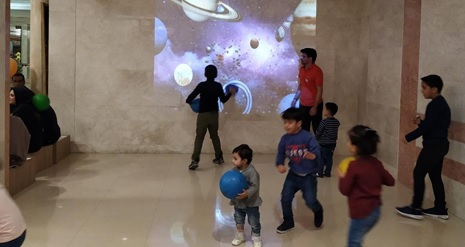Interactive wall
Augmented Reality (AR)
Interactive wall is an interactive system using a 3D camera, like Kinect, for engaging children in educational and entertainment activities. The components of this system are:
System Components and Workflow
- 3D Camera (Kinect):
- Purpose: Captures 3D depth images of the environment and objects.
- Challenges:
- Depth Estimation: Accurately measuring the distance of objects from the camera.
- Camera Tilt: Understanding how tilting affects depth perception and image quality.
- Calibration: Ensuring the camera is correctly calibrated to provide accurate depth information.
- Image Processing Processor:
- Purpose: Performs real-time image processing algorithms on the 3D data to interpret and interact with the images.
- Challenges:
- Processing Speed: Ensuring the algorithms run quickly enough to provide real-time feedback.
- Algorithm Accuracy: Developing algorithms that can accurately interpret depth data and handle variations in lighting and perspective.
- Artificial Intelligence Engine (Python):
- Purpose: Uses AI algorithms to enhance interactivity, such as recognizing gestures or analyzing the child’s actions.
- Challenges:
- Integration: Ensuring smooth communication between the Python-based AI and the image processing module.
- Model Training: Training AI models to recognize and react to the various inputs from the Kinect.
- Software for Initial Settings and Game Type Determination (C#):
- Purpose: Provides a user interface for setting up the system and selecting different games or educational activities.
- Challenges:
- User Interface Design: Creating an intuitive interface for users to configure settings and choose games.
- Game Development (UNITY):
- Purpose: Creates the interactive games or educational activities.
- Challenges:
- Integration: Integrating real-time 3D data with the Unity game environment.
- Interactivity: Ensuring the games respond correctly to the child’s actions and movements.
Applications
- Education:
- Language Learning: Games can be designed to teach new vocabulary or language skills through interactive play.
- Math Education: Educational games can help teach basic arithmetic and problem-solving skills in a fun and engaging way.
- Entertainment:
- Engagement: Creating interactive experiences that keep children entertained while also learning.
- Children with Autism: Developing tailored activities that can help improve social interaction, motor skills, or sensory processing.
Addressing Challenges
-
Camera Calibration: Use calibration tools and techniques to ensure the camera’s depth measurements are accurate. This might involve capturing calibration patterns or using known reference objects.
-
Depth Estimation: Implement algorithms that can handle variations in object distance and environmental factors. Machine learning models can be trained to improve depth estimation accuracy.
-
Tilt Compensation: Use mathematical models or calibration data to adjust for camera tilt, ensuring that depth information remains accurate even if the camera is not perfectly aligned.
-
Real-time Processing: Optimize algorithms and code to handle real-time data processing. This may involve using efficient data structures, parallel processing, or dedicated hardware acceleration.
By addressing these challenges and leveraging the strengths of each component, you can create a robust system that provides interactive and educational experiences for children.
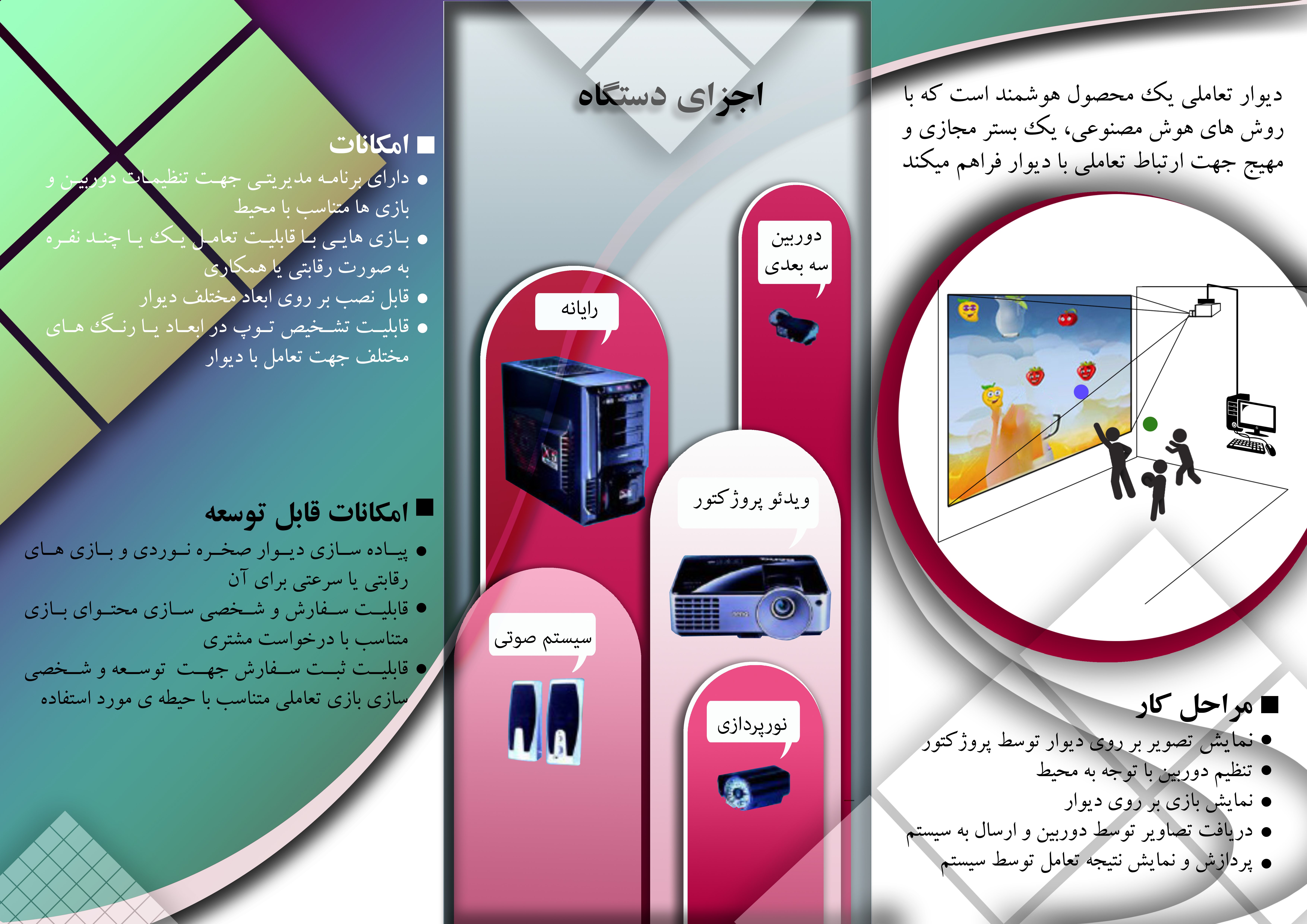
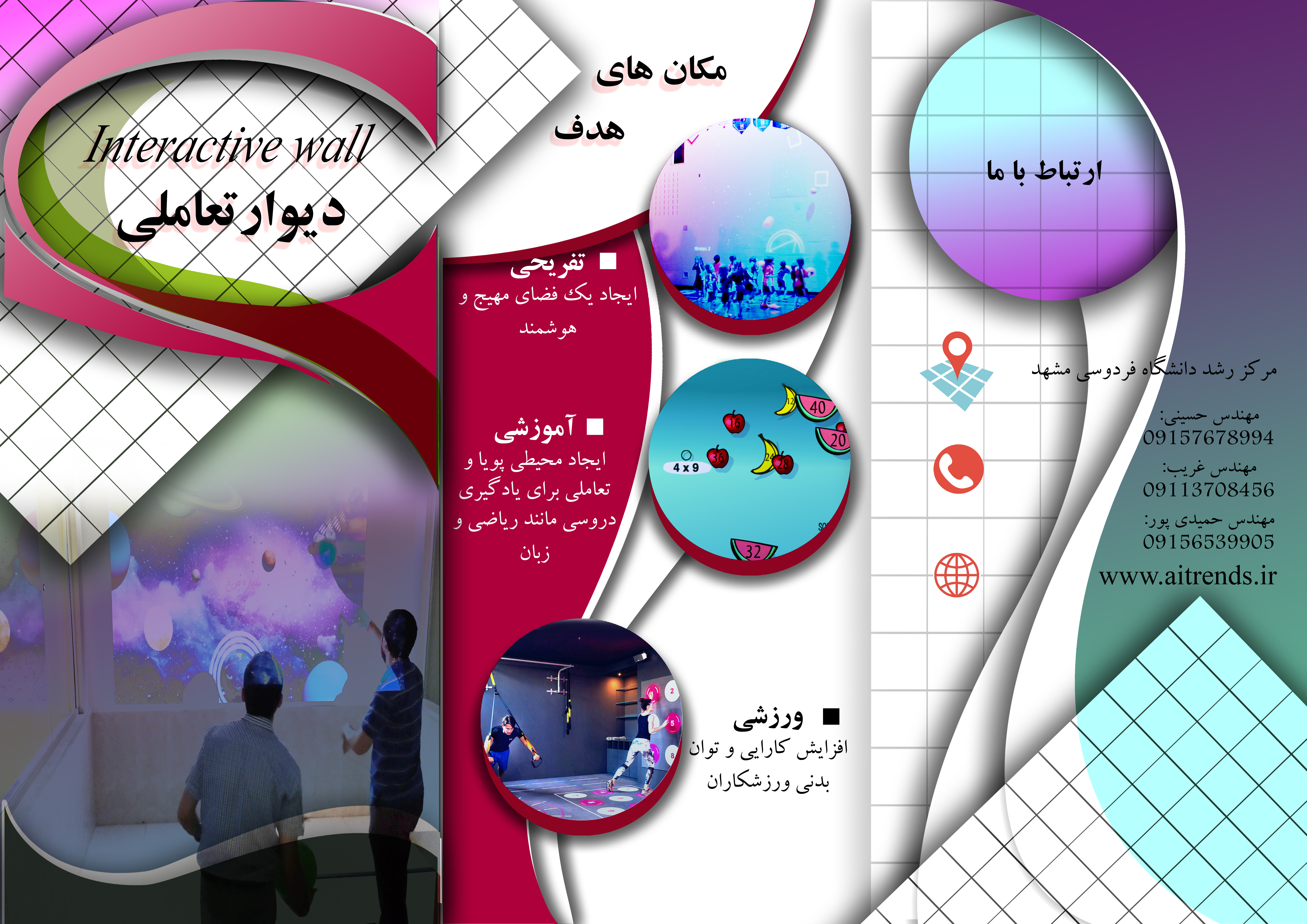
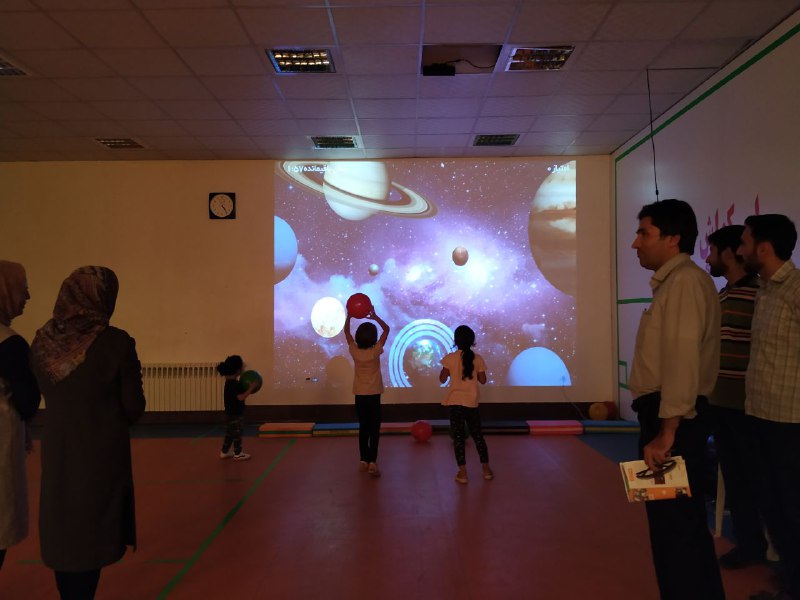
Interactive Smart Wall:
- Created an Interactive Smart Wall, enabling the display of interactive images on an ordinary wall.
- Developed diverse interactive games for entertainment and engagement on the wall.
- Implemented intelligent and interactive advertising features on the wall, providing an innovative promotional platform.
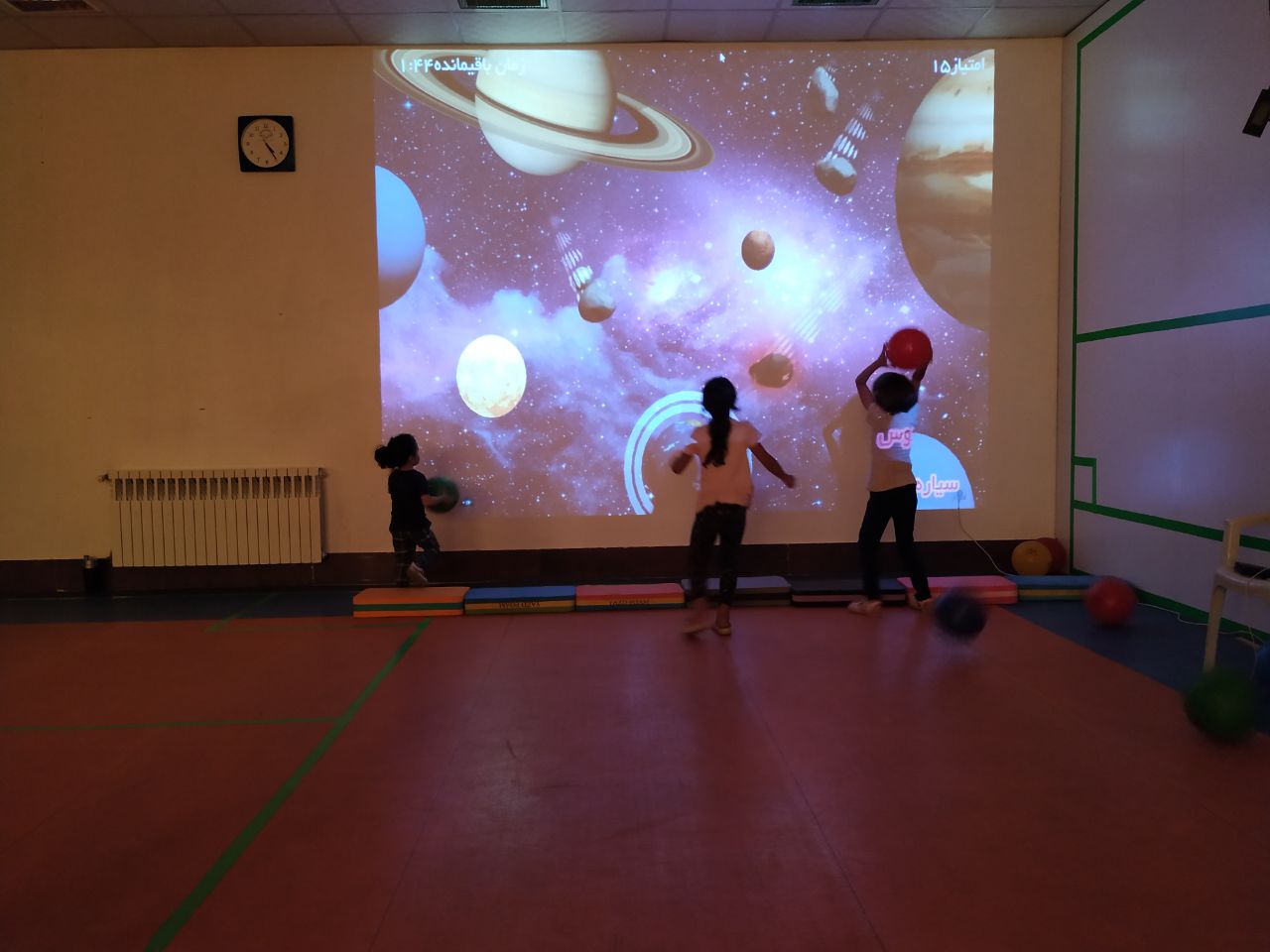
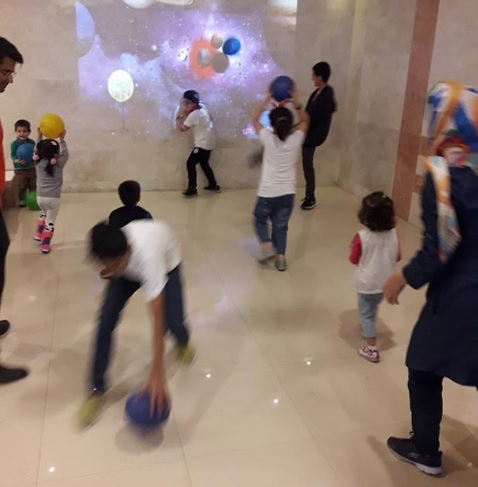
Location of Execution: Mashhad Municipality, participation in exhibitions, Ferdowsi University.
